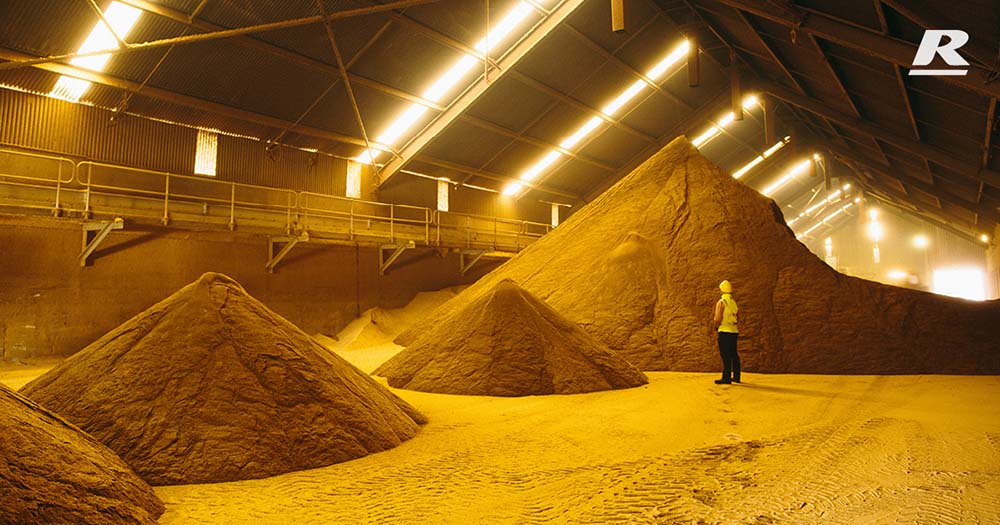Grain Perspective…
Grain prices across Australia have soared over the last month to levels that have rarely been seen before. After the 2021/22 harvest, prices for wheat and barley started to firm on the back of drought conditions throughout major cereal producing nations. This was compounded by the restrictive flow of Ukrainian grain into traditional consumer homes. Since January, Australian ports have been at full capacity due to Australia’s relative lower priced grain compared to its global competitors. Because Australia has enjoyed two successful cropping seasons, it has meant we have been flushed with record stocks, but unfortunately a limited amount of port capacity has meant we have failed to capitalize on achieving prices that are reflected overseas. This scenario has meant that over the last few months Australian grain prices (even though very strong domestically) were capped somewhat due to the physical availability of grain to export, even as prices got up to $250 per tonne lower than our global counterparts.

Over the last 10 days alone we have seen prices for certain grades of wheat jump by close to $100 per tonne. The reason this has occurred now and not earlier is due to further bearish news on drought conditions in the northern hemisphere, the destruction of Ukrainian ports and their overall fledgling supply chain, the slowing of supply from the Australian grain farmer and the improving efficiencies of logistics through Australian ports. This leaves the Australian grain market firmly entrenched in a bull run situation. Exporters, in the effort to supply Australian grain to the world will have no issue if they are required to pay significantly more for grain then the current values. The shipping stem is full and active with plenty of profit margin built in due to the inexpensive relativity of Australian grain. This term is known as “basis” and Australian “basis” has recently been at unprecedented weak levels. It is important for us to understand that even though it seems prices delivered into consumer markets feel very high, we are very cheap when compared to the value of grain around the world.
The global grain market looks to come under more pressure in the days/weeks ahead due to India banning wheat exports on the account of heat wave conditions. India is a major wheat producer and consumer. Any production in excess to their needs is exported as a lower grade quality, but essential in terms of balancing the global supply and demand scenario due to its traditional low quality and cost. Effectively the ban imposed by the Indian government will mean 10 million tonnes of Indian produced grain will not find its way into the global pipeline effectively putting more pressure on an already strained and diminishing global supply system.
Naturally, other grains such as barley and corn are in demand due to the fast-moving increases on wheat which has meant they have rallied just as quickly as a result. Canola prices have soared due to the lack of production in Canada (the worlds largest producer) and the situation in Ukraine for the fact they are a major oil producer. With not much bearish news in the global grains landscape, it is very difficult to see prices not continuing their upward trajectory for quite some time to come in both the global market and certainly here in Australia.
Looking for a high carbohydrate grain supplement to feed your ewes during the last 6 weeks of pregnancy; why don’t you give us a call and have a chat to one of our nutritionist on 1300 REID FEED or enquire here >
 Author
Author
Justin Fay
Commodity Manager
 Author
Author